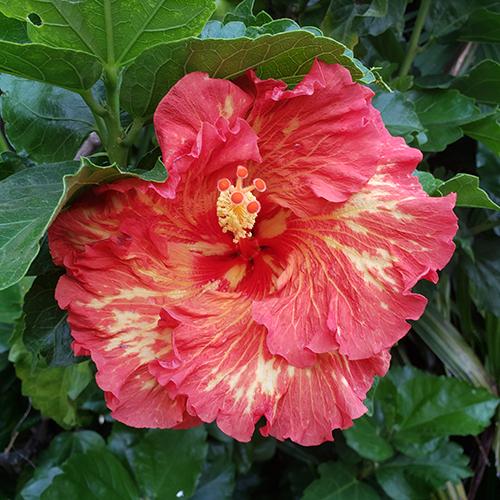
Benefits of Hibiscus
Hibiscus helped save our puppy We found a pedigree Golden retriever for sale for $50 in the local paper. At the time, they were selling

While teaching an herbal fundamentals class in the holistic health practitioner program at a local massage college, we got deep into the relationship between plants and people, and ultimately, among all things animate and inanimate.
The concept of treating the whole body or the whole person, including body, mind and spirit brought up the question of where the body, or for that matter, the person began and ended.
This came up in the discussion of secondary compounds, substances that the plants manufacture, although they have no particular use for them. This seemed at first curious since the plants have had billions of years to develop their routine. Why would they devote energy and resources manufacturing compounds that have nothing to contribute to their functioning, survival or well-being?
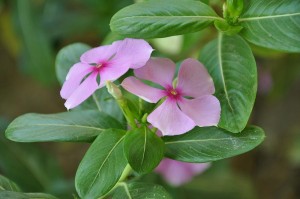
These same compounds have a medicinal effect in our bodies. Curious, yet if we look into these bodies of ours, we find something quite similar going on. Our liver produces a substance we call bile which has no immediate use in the liver, but acts to emulsify fats in the small intestine to facilitate their absorption and triggers peristaltic action in the large intestine.
We accept this notion as specialization of function within the organs of the larger organism. In fact, each individual cell within us may be seen as an autonomous living thing, hooked into the jungle telegraph via neuropeptides and, thus, functioning as a part of the whole. This we can accept.
What seems a bit of a stretch for us is to extend this concept outward to gain a perspective of each individual organism (those autonomous elements we identify as ourselves) comprising but one part of a larger whole. If we see ourselves in this way, the action of the plants fits into our model of specialization of function, with one part of the whole dutifully providing something for another part. If we hold to our egocentric notion of ourselves as isolated and apart from the whole, the connection between us and the plants seems ludicrous, if not sacrilegious.
God made us, after all, the crown of creation, in his image. The rest is all set and scenery in the grand drama, with us (each one of us) as the star.
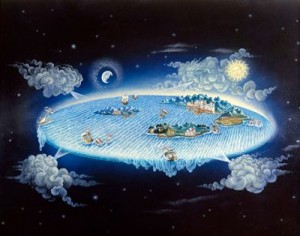
At one point we believed the Earth a flat and stationary stage upon which we made our entrance and uttered our lines. We now see ourselves in a much larger set, and yet we cling to a very limited notion of ourselves within this ever growing universe.
And what, pray tell, are we contributing to this wonderful organic whole? Besides pollution, nuclear and industrial waste, global warming, herbicide, pesticide and genocide. We seem more a crown of thorns than the crown of creation.
And yet, there is something divine about us. But that same divine spark, elan vital, life force, conscious creative energy animates all of creation. Life is sacred. Not just in people.
This notion is not new. The peoples who inhabited this land before us held these principles. They treated the plants and animals as their brothers and sisters and lived in harmony with nature. The Great Spirit was seen to connect every thing in a magnificent garland of mutual respect and admiration. They were connected and interconnected, not separated and isolated.
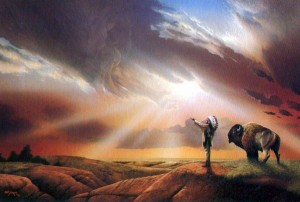
If we isolate the medicinal compounds in plants and apply them without their associated (so called inert) parts, we create imbalance and experience side effects from the medicines. If we take these same compounds within their natural matrix of plant materials, we don’t get those side effects, but a balanced and natural medicine.
At some point, this must become clear to us. We are part of a much larger whole. Cut off from this larger part of ourselves, we represent imbalance, and the side effects of our actions are killing the planet and everything on it.
Holistic health isn’t just about addressing the whole person. It’s about owning our connection to the whole of it all, becoming responsible for the whole of it all.
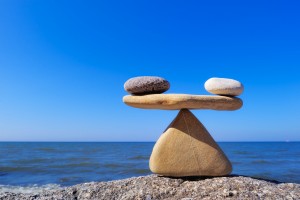
And it’s about experiencing the joy and harmony that connection brings.
Teaching comprehensive holistic education since 1985.
We are currently offering interactive hybrid courses including Herbal Fundamentals, Energy Healing, Aromatherapy and Clinical Herbology
Hybrid means you may choose to participate in each individual class in the hybrid course online or in person.
All of our products are made with love from organic, all-natural and ethically sourced ingredients.
We began making and perfecting our own herbal remedies more than thirty years ago and offer our favorite products for purchase.

Hibiscus helped save our puppy We found a pedigree Golden retriever for sale for $50 in the local paper. At the time, they were selling
Hawthorn Berry Hawthorn is known as the heart herb for its many benefits as a heart tonic. The berry has been a key part of
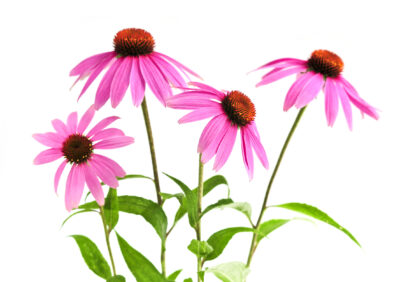
Can you take herbal supplements to arm your immune system? You probably know that zinc, vitamin D and vitamin C are gotta-have-its. How about herbal
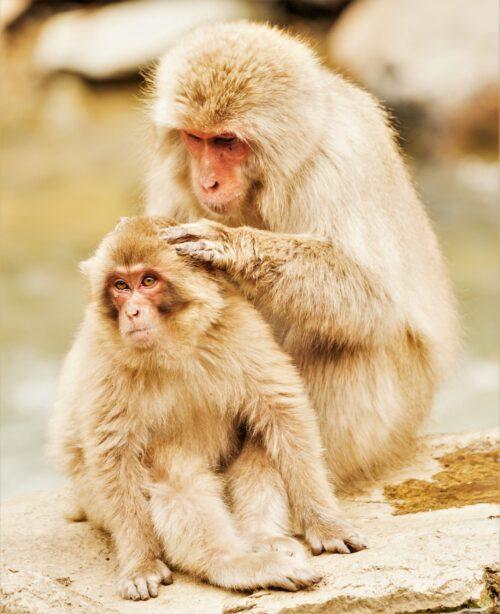
While attending San Diego State College in the early seventies, my work-study job was in the vivarium, a room for keeping and raising animals for